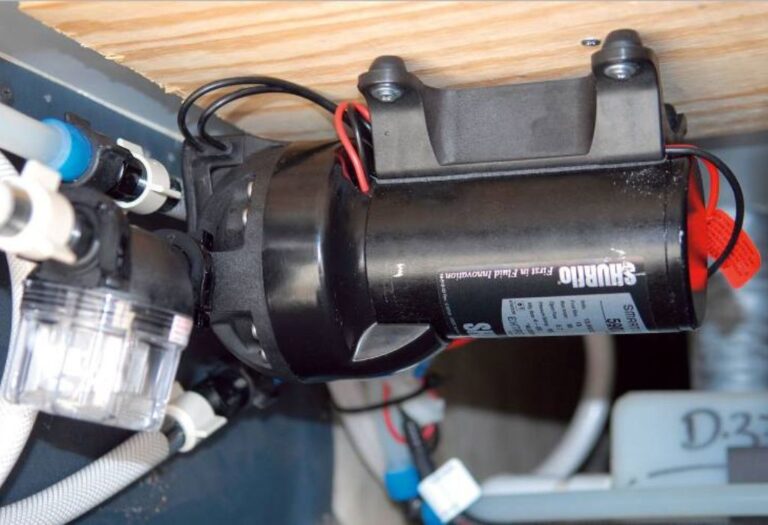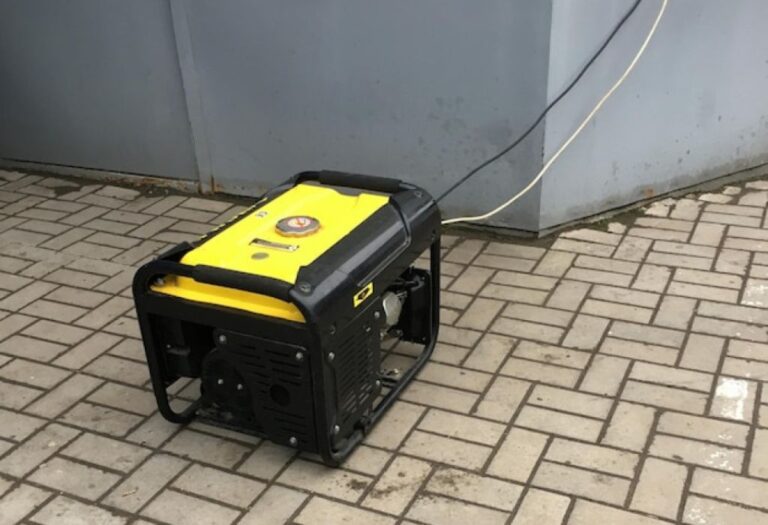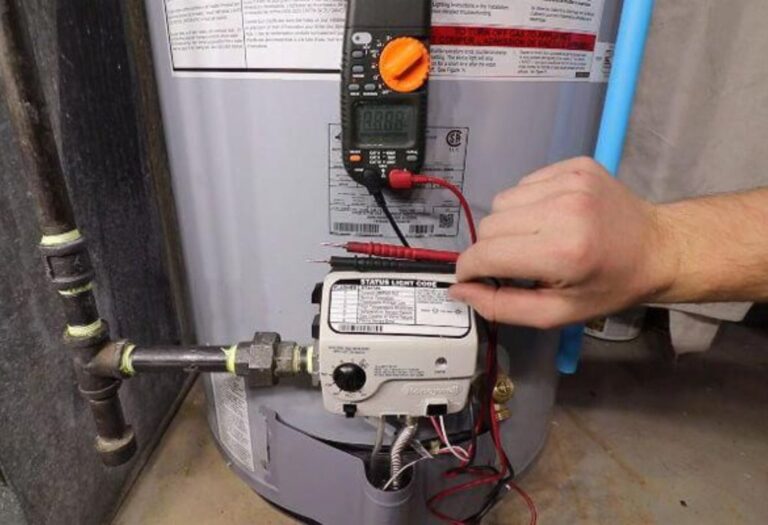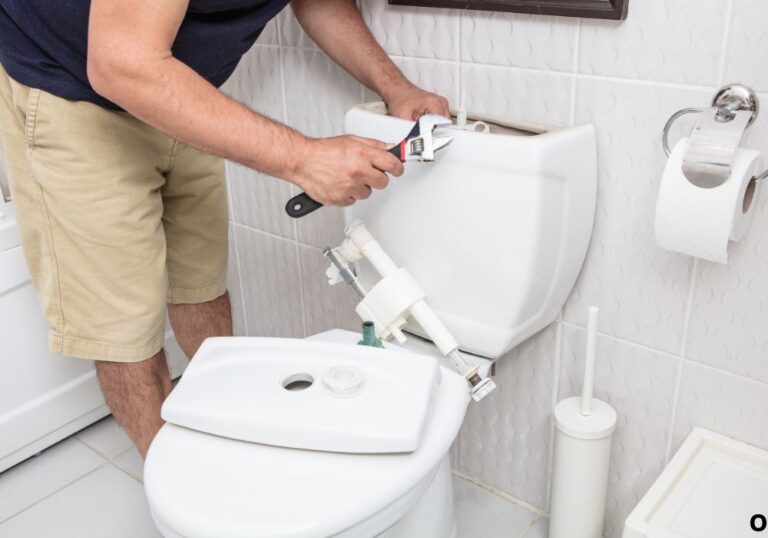Can You Adjust Temp on an RV Water Heater?
Imagine stepping into your RV shower after a long day of travel, expecting a soothing rinse, only to be met by water that feels near boiling. The shock leaves you wondering if your RV water heater temperature can be tamed. For many travelers, unpredictable hot water is more than an inconvenience — it’s a safety and comfort issue that affects daily routines on the road.
Most RV water heaters come from the factory with a fixed temperature setting, often around 130 to 140 °F. Manufacturers keep these thermostats high to ensure fast recovery times and enough hot water for multiple uses. Yet that same temperature can lead to scalding burns, wasted propane or electricity, and unnecessary wear on your tank. According to the U.S. Department of Energy, water heating accounts for about 18 % of household energy use (energy.gov), so managing your heat settings wisely matters for both safety and savings.
RV owners often assume that turning a knob or pressing a button will fix the issue, but most units don’t offer simple user-adjustable controls. Some rely on thermostatic mixing valves, while others require a full thermostat replacement to alter the temperature. That’s why understanding your system is essential before making any adjustments.
In this guide, you’ll learn whether you can adjust temp on an RV water heater, how different models work, and safe ways to maintain steady hot water while protecting your equipment and energy budget.
What an RV Water Heater Is and How It Works

An RV water heater is a compact system designed to provide hot water for showers, sinks, and cleaning tasks while traveling. It operates similarly to a home unit but uses propane, electricity, or both to heat limited water stored in a small tank.
Most traditional RV water heaters hold between 6 and 10 gallons of water, while newer models can be tankless and heat water on demand. The heating process is managed by thermostats and hi-limit switches that regulate temperature and prevent overheating.
Because of their smaller capacity, RV water heaters are engineered to heat water faster than household units. This rapid recovery rate helps save energy and ensures a continuous supply during short intervals. According to RVshare, a standard 6-gallon heater can reach 120 °F in about 10–15 minutes when powered by propane (rvshare.com).
Understanding how these systems work is key before trying to adjust temperature settings. The thermostat’s function, heating element type, and outlet configuration all determine whether any adjustment is possible.
What does an RV water heater actually do?
It heats and stores a small amount of water for daily use in an RV through propane, electric, or hybrid energy.
How is an RV water heater different from a home water heater?
It’s smaller, heats faster, and often uses propane to conserve electrical power during off-grid travel.
What parts control the temperature inside the heater?
The thermostat and hi-limit switch sense water temperature and shut off the heater once it reaches the set limit.
Why does RV hot water sometimes feel inconsistent?
Limited tank size, mixing valve issues, or rapid drawdown can cause quick shifts in temperature output.
What determines whether you can adjust temp on an RV water heater?
The model design and thermostat type decide if the unit allows manual or preset temperature control.
Can You Adjust Temp on an RV Water Heater?
Many RV water heaters are not designed for easy user adjustment. Manufacturers often pre-set thermostats between 130 °F and 140 °F to balance comfort, scald protection, and efficient recovery.
These preset temperatures ensure reliable operation under varying water pressures and ambient conditions. Yet they can feel too hot, especially in smaller campers with limited water mixing.
Is the thermostat adjustable by default in most RV water heaters?
No, most thermostats are sealed and fixed at the factory to prevent tampering and maintain safety standards.
What typical temperature do manufacturers set for RV thermostats?
Usually between 130 °F and 140 °F, while hi-limit switches activate around 170 °F to stop overheating.
Why might the water feel excessively hot?
Because of minimal mixing at the faucet and small tank capacity, the output temperature may rise rapidly.
Are there safety reasons for non-adjustable thermostats?
Yes, preset thermostats reduce scald risk, ensure compliance with UL standards, and stabilize heating performance.
Does “can you adjust temp on RV water heater” mean you should?
Not always. Sometimes the safer approach is to manage outlet water temperature using external valves or flow restrictors rather than altering internal thermostat settings.
When Adjustment Is Possible – Models and Methods

Some RV water heaters allow minor thermostat adjustments or replacements, but not all models support this safely. Brands like Atwood and Suburban offer compatible thermostats with varying heat ranges.
Before making any change, identify whether your unit is tank-type or tankless, and whether it runs on gas, electric, or both. Tankless models often include digital controls that make temperature adjustment easier and safer.
Which RV models allow thermostat changes?
Older Suburban and Atwood units may support replacement thermostats rated at lower or higher temperature thresholds.
What if the thermostat isn’t adjustable?
Install a thermostatic mixing valve that blends hot and cold water after the tank, lowering outlet temperature safely. (jaycoowners.com)
What are the risks of manual thermostat modification?
Incorrect wiring, overheating, or warranty voiding are common. Professional service is strongly recommended.
Can adjusting the thermostat improve efficiency?
Only slightly. Real energy savings come from insulation, regular flushing, and minimizing standby heat loss.
Should a certified technician perform the adjustment?
Yes, since they have the proper tools to test, recalibrate, and seal thermostat assemblies correctly.
Step-by-Step Guide to Control RV Water Heater Temperature
When adjustment is possible or when using an external mixing valve, follow these steps carefully. Safety must always come first before dealing with electricity, gas, or pressurized water.
Turn off power sources and water supply before accessing the heater panel. Allow the tank to cool to avoid burns or electrical hazards.
What’s the first safety step before adjustment?
Disconnect both propane and electrical power, then confirm the water inside the tank is not hot.
Where is the thermostat or mixing valve located?
Behind the access cover outside the RV or on the rear water outlet. Some newer models have easy-reach knobs or switches.
How can you control outlet temperature if the thermostat cannot be changed?
Slightly adjust the bypass or mixing valve to blend cold water, or install a thermostatic valve inline with the hot-water line.
How do you confirm the new temperature is safe?
After re-energizing the system, run hot water for several minutes and measure at the faucet. The ideal range is 120 °F–125 °F. (cdc.gov)
What maintenance helps maintain consistent temperature?
Flush the tank annually, inspect the anode rod, and check the pressure relief valve for corrosion or leaks.
Troubleshooting Common Temperature Problems
Temperature fluctuations in RV water heaters can result from faulty thermostats, mineral buildup, or failing heating elements. Knowing these signs helps you fix issues before they worsen.
If water becomes too hot, it could indicate thermostat sticking or scale buildup that traps heat inside the tank. Cold water problems usually suggest an open bypass valve or a burnt heating element.
Why is the water scalding hot even after adjustment?
Sediment buildup may insulate the sensor, causing inaccurate readings and delayed shut-off.
Why does the water stay lukewarm?
A faulty element or propane ignition failure may be preventing the tank from reaching the correct temperature.
Can sediment buildup affect temperature control?
Yes, hard water deposits reduce efficiency and distort temperature readings. Flushing every 6–12 months prevents this.
What happens if you bypass safety switches?
Bypassing thermostats or limit switches can cause dangerous overheating, risking fire or tank rupture.
When should the entire heater be replaced?
Replace when the tank rusts, valves corrode, or temperature swings persist despite repairs.
Best Practices and Safety Standards
Maintaining a safe and steady temperature extends the lifespan of your RV water heater. It also keeps you compliant with safety standards and reduces the risk of scald injuries.
Experts recommend keeping outlet water around 120–125 °F, which prevents burns while keeping bacteria growth low. The CDC warns that water above 140 °F can cause third-degree burns in 5 seconds (cdc.gov).
What is the safest water temperature for RVs?
About 120–125 °F provides comfort and safety without wasting fuel.
Why not lower it below 110 °F?
Too low may lead to bacterial contamination such as Legionella growth inside the tank.
How often should you flush and inspect the system?
Once per year, or more frequently in hard-water regions.
Should temperature be adjusted during winter storage?
Yes, drain or winterize the heater to prevent freezing and expansion damage.
What extra safety devices help?
Install a thermostatic mixing valve, add insulation sleeves to pipes, and test the pressure-relief valve twice yearly.
Future Trends and Upgrades
Modern RV water heating systems are evolving toward safer, more efficient, and smarter technology. Digital thermostats and tankless designs allow precise control over output temperature.
Hybrid models combine propane and electric elements to maximize efficiency and speed up recovery. Some even connect to smartphone apps for monitoring water temperature in real time.
Are tankless heaters more adjustable?
Yes, most have digital panels where users can select specific outlet temperatures.
Will RVs include smart water heating soon?
Yes, integrated systems with Bluetooth monitoring and fault detection are emerging.
Do future regulations affect RV water temperature control?
Likely, as safety codes increasingly require scald-protection valves and certified thermostat assemblies.
Is upgrading worth it for older RVs?
Yes, modern systems provide better efficiency, reliability, and easier maintenance.
What features improve comfort most?
Digital thermostats, efficient mixing valves, and hybrid power operation ensure consistent hot water on the go.
Conclusion
Many RV owners ask, can you adjust temp on an RV water heater? The answer depends on your model. Most have fixed thermostats, but you can still manage outlet temperature with mixing valves or controlled flow.
Keeping your water around 120–125 °F offers the best balance between comfort and safety. Regular maintenance, flushing, and inspection ensure lasting performance and prevent temperature swings.
Before attempting any adjustment, always follow manufacturer instructions or consult a certified RV technician. Smart upgrades, proper insulation, and careful management can turn inconsistent hot water into a safe and reliable comfort wherever you travel.
I’m David R. Coleman, the founder, lead writer, and lifelong tool enthusiast behind GarageToolPro.com. With years of experience in automotive repair, woodworking, and home DIY projects, I created this platform to share practical tips, detailed tool reviews, and step-by-step guides that help mechanics, hobbyists, and homeowners get the job done right the first time.





